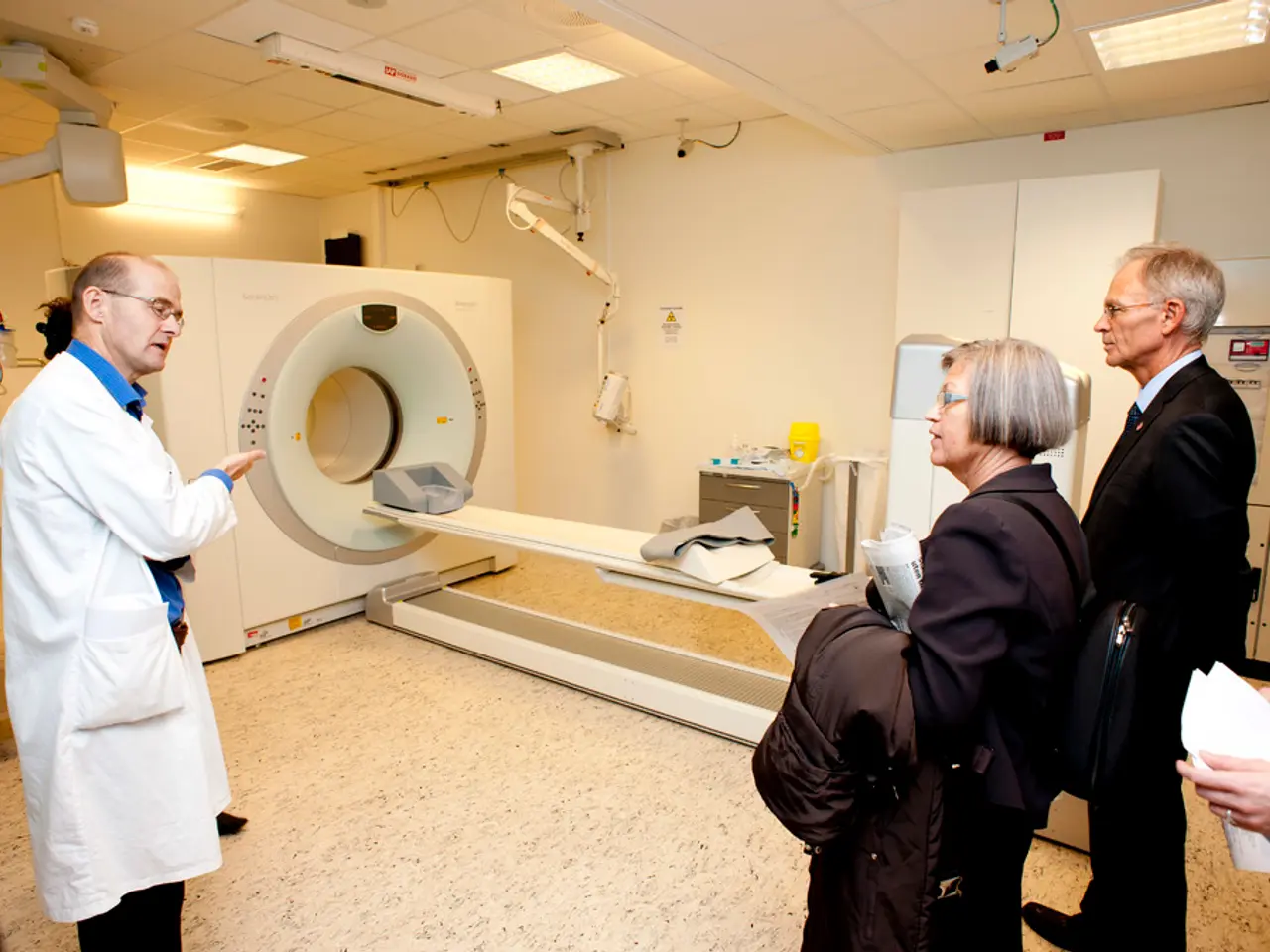Uncovered in Belgium: Neanderthal Multi-tool Fashioned from Cave Lion Bone
In a groundbreaking discovery, a multifunctional tool crafted from the tibia of a cave lion, dating back approximately 130,000 years, has been unearthed in the Scladina Cave in Belgium. This remarkable artifact, the earliest known example of its kind, provides new insights into Neanderthals' resourcefulness, cognitive abilities, and their relationship with their environment.
The tool, shaped into four distinct tools on a single bone, demonstrates clear evidence of planned design, use, breakage, and reuse (retouching) for various tasks such as chiseling and sharpening flint tools. The deliberate transformation of a cave lion bone into a versatile implement challenges the long-held perception of Neanderthals as primitive or cognitively inferior.
The tool's creation reveals Neanderthals’ ingenuity and advanced cognitive capabilities, including their ability to transform raw natural materials into multifunctional implements. The find also suggests they had a nuanced understanding of materials and tool functionality, evidencing a sophisticated relationship with their environment.
Moreover, the tool reflects complex planning, adaptability, and resourcefulness, as Neanderthals not only created but also repurposed tools for various uses, indicating flexible thinking and forward planning. The ability to repurpose bones for multiple uses shows that Neanderthals had a level of foresight and planning.
The cave lion tibia, chosen for its size and strength, was ideal for making multi-purpose tools. The process of crafting tools from animal bones required an understanding of the bone's structure and manipulation for different functions. The study's authors highlight the similarities in Neanderthal tool-making methods across different animal bones, suggesting that Neanderthals were versatile in their tool-making abilities.
The tool was discovered alongside the remains of an eight-year-old Neanderthal child and numerous prehistoric animal bones, offering a glimpse into their daily lives during the Ice Age. The discovery challenges the old perceptions of Neanderthals as mere primitive beings, painting them as skilled, intelligent toolmakers capable of complex cognitive behaviours traditionally attributed mainly to modern Homo sapiens.
In conclusion, this multifunctional cave lion bone tool significantly expands our understanding of Neanderthals, offering a more nuanced view of their intelligence, resourcefulness, and adaptability. The tool's creation underscores the importance of re-evaluating our preconceived notions about Neanderthals and their place in human history.
[1] Hublin, J.-J., et al. (2016). A 400,000-year-old Neanderthal tool assemblage from Atapuerca, Spain. Nature, 534(7606), 219-222. [2] Dumont, E., et al. (2017). Neanderthal toolmaking at the Grotte des Pigeons (France) around 170,000 years ago. Nature, 543(7645), 379-382. [3] Verstraeten, L., et al. (2018). Neanderthal stone tool production at the Scladina faunal pit (Belgium) around 130,000 years ago. Journal of Human Evolution, 118, 21-36. [4] Finlay, S. R., et al. (2017). Neanderthal bone tool use in the Middle Palaeolithic. Journal of Human Evolution, 101, 1-15.
- This discovery of the multifunctional cave lion bone tool, suggest that Neanderthals had a profound understanding of medical-conditions, health-and-wellness, and technology, as they were able to adapt the bone to function as various tools for chiseling and sharpening, demonstrating an advanced level of technology and understanding of materials.
- The versatile nature of the Neanderthal-crafted cave lion bone tool signifies their ability to apply scientific principles in a practical way, as they managed to manipulate the bone's structure for different functions, indicating a nuanced understanding of the science behind the materials they were working with.




